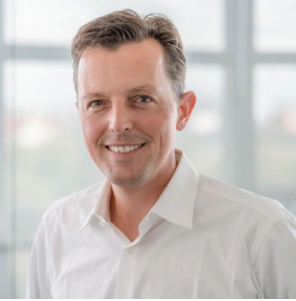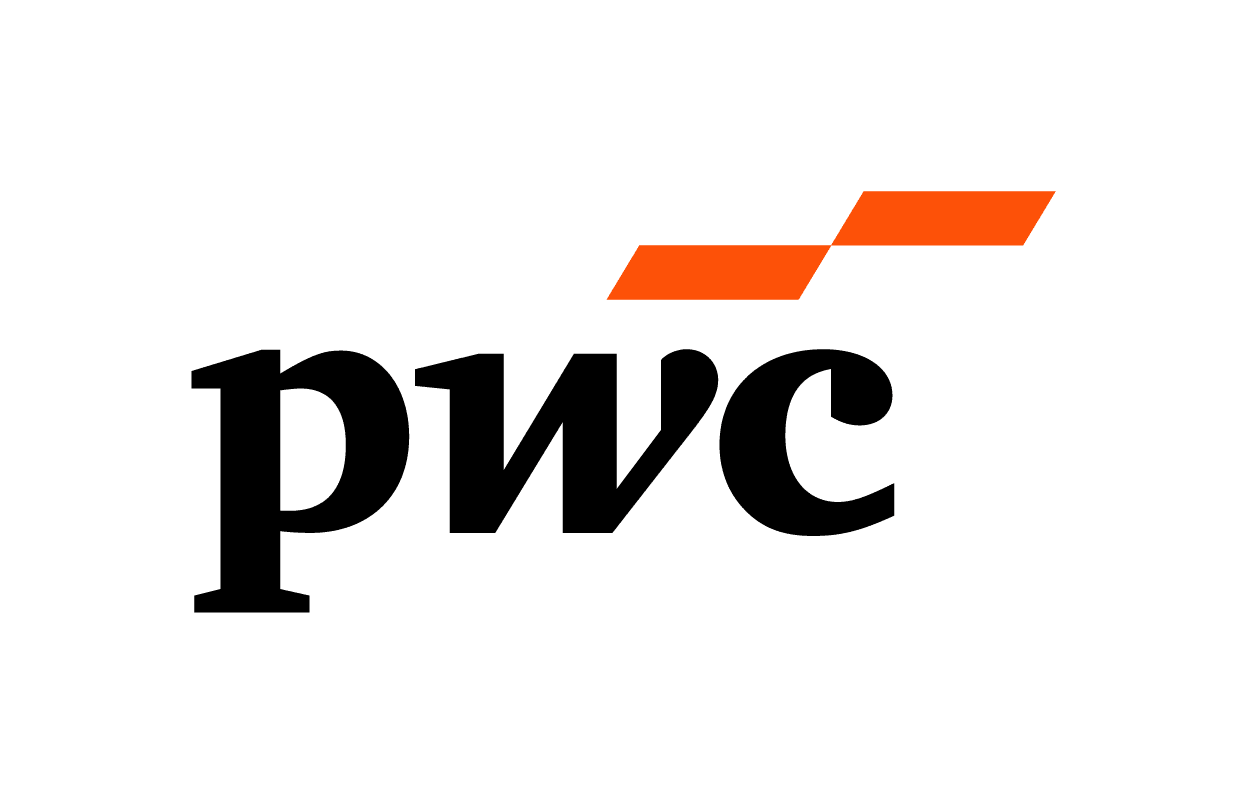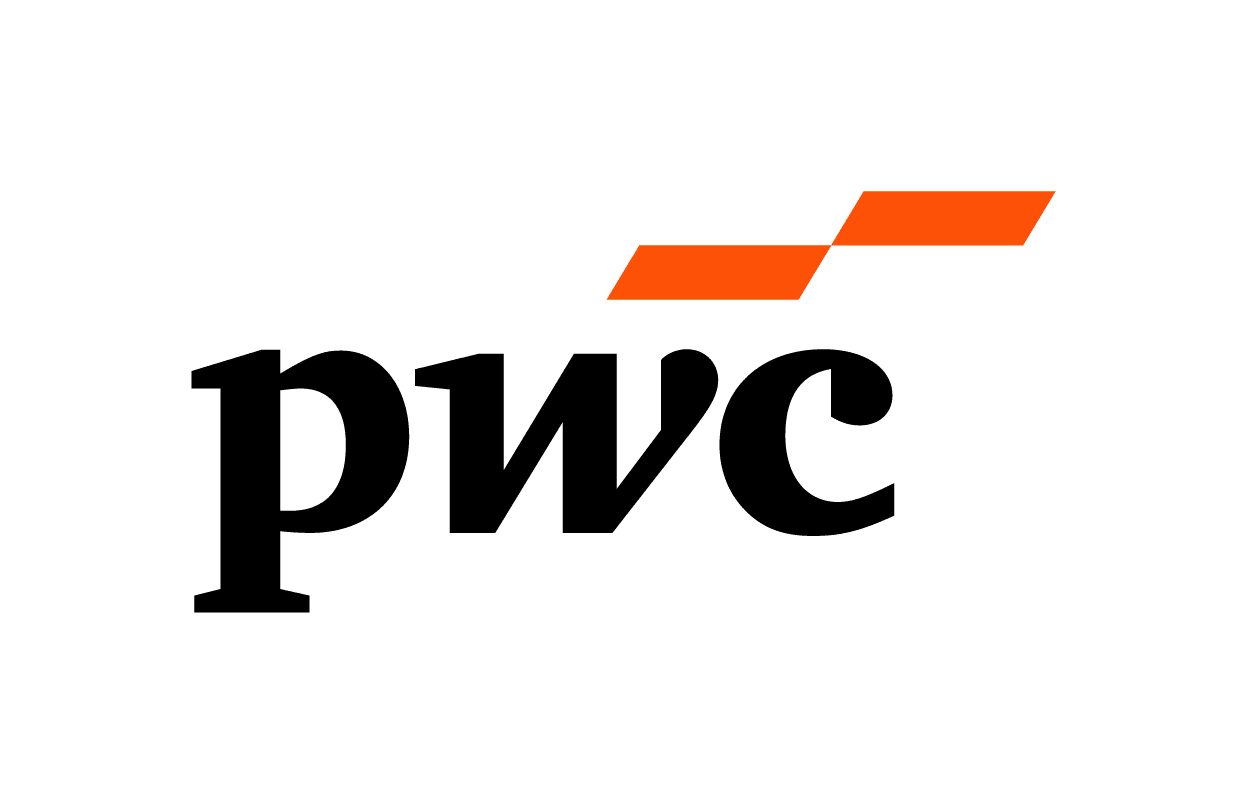#11 - Christian Feisst - chez Booz & Company de 2002 à 2007 - CEO GreenCom Networks
 | Bright ideas — Powering the future of energy with software solutions “I wanted to build something that would help transform the energy sector toward a fully sustainable digital industry,” says Christian Feisst, founder and CEO of GreenCom Networks. Christian has been at the forefront of the Energiewende, Germany’s ongoing energy transition away from nuclear and coal power toward renewables. “We believe the energy transition will be driven by empowering the end customer,” Christian continues. “We are at an inflection point where distributed, sustainable energy is available on a large-scale basis, and digital technology brings this transition to the next level. |
End customers being the driving force is nothing new. We’ve seen this in the telco sector with the iPhone revolutionizing not only end-customer services, but the business world as well. Now I believe we’ll see this more and more in the energy market.”
Prior to launching his own company, Christian worked as a consultant in the Strategy& energy practice and then at Cisco Systems, where he was the founding father of a smart grid business unit, one of the first initiatives that combined energy with digital technology. Today, he lives in Munich with his wife and two sons. During a recent conversation from his home office, Christian discussed how his vision for the future is starting to come to life amid the broader energy revolution he expects to see in Germany and beyond.
You founded GreenCom in 2011. Did you always want to be an entrepreneur?
“I can’t say I always wanted to start my own company, but this particular idea made sense to me. So I knew I had to do it. GreenCom was created to help the centralized energy industry in Europe to become a more distributed system, fully digitized and fully sustainable. And we’re dedicated to delivering solutions from the customers’ perspective.”
How does your technology work?
“Technically, we are a B2B2C company, providing an IoT platform to utility companies and energy asset manufacturers that in turn connects all sorts of distributed assets for end customers. As an example, we can connect solar PVs, batteries, and electric vehicles to optimize energy usage in the home, or even share energy between homes. We have a team of people in the south of France who initially developed and operated software platforms for telcos. Now, they are applying this expertise, of how to digitally connect and manage countless devices, to the next big market: the energy market.”
What can consumers do to encourage a more sustainable energy system in their own community?
“We now have all the technologies we need to create a more sustainable world; we just have to use them. The first step is to have your own solar PV, a battery, an electric vehicle. And as soon as you have assets, we can connect them. Yes, there is always a utility or a device manufacturer in between that offers our software solution as part of a service to end customers, but it always starts with your activity, with you installing a solar PV, a heat pump, or other assets. In my own home, we have solar PV, a battery, a Tesla, and a micro-CHP [combined heat and power unit]. Everything, basically.”
Can you give us an example of how connected energy might work at scale?
“One of our own projects, under our brand name “shine,” showcases what end-to-end digital utilities might look like in the future. We’ve connected an entire village south of Munich, with about 100 private homes and 20 public buildings, and people who live there can now share energy with each other.
For example, if I have a solar PV on my rooftop, I have a certain amount of self-consumption in my house, and the rest is fed into the grid. In our local energy community model, if I feed that electricity into the grid and if my neighbors are consuming electricity at the same time, then I get an extra premium, and my neighbors get a discount on their tariff for consuming electricity coming from local production.
People have an app so they can see what’s happening in the community, and when it makes sense to increase their consumption because there’s excess production. They can even customize their preference of usage for economic optimization, to maximize independence from grid power supply or to reduce their CO2 footprint. We’re optimizing all of the energy flows, in close to real time, in a full village, which technically no one else around the globe has ever implemented.”
Has the COVID-19 pandemic had an impact on your operations?
“Well, we’re all primarily working from home now, but we don’t have any problems with that. Fortunately, we’re in an industry that hasn’t seen a significant slowdown. In fact, it’s even a little bit of the opposite. People are rethinking what they want to do in terms of sustainability, and end customers are thinking about being more independent from the power grid. Many feel that they want to produce their own energy, just like they want to buy milk from the farm next door. And most energy users want to know their energy is coming from trusted and sustainable sources. So everything was already going in that direction. But COVID-19, in my opinion, is accelerating that evolution.”
What lessons have you learned since starting your own company?
“As a founder, I think you always believe things will go much faster than they do in reality. So something you may expect to take two or three years will actually take five or ten years. But nothing worthwhile comes without effort. To run a successful company, it takes a lot of hard work and patience.”
What’s your long-term outlook for the energy sector?
“My impression is that our kids are better educated and more proactive when it comes to sustainability. So that’s good news. We have a lot of work to do, but I’m convinced that in the long run — meaning in the next 20 to 30 years — every home, every building will produce at least as much energy as it consumes. We will have sufficient energy available; it’s more a question of how to make that intelligently available where and when we need it. This is where digital technology comes into play, and this is why we’re committed to doing what we do every day at GreenCom.”
This interview was conducted and edited by Ina Fischer, Strategy& and Jen Swetzoff, founder of CLOSEUP, a creative studio in Brooklyn, New York. Jen was formerly the deputy managing editor at strategy+business magazine.

Commentaires0
Veuillez vous connecter pour lire ou ajouter un commentaire
Articles suggérés

